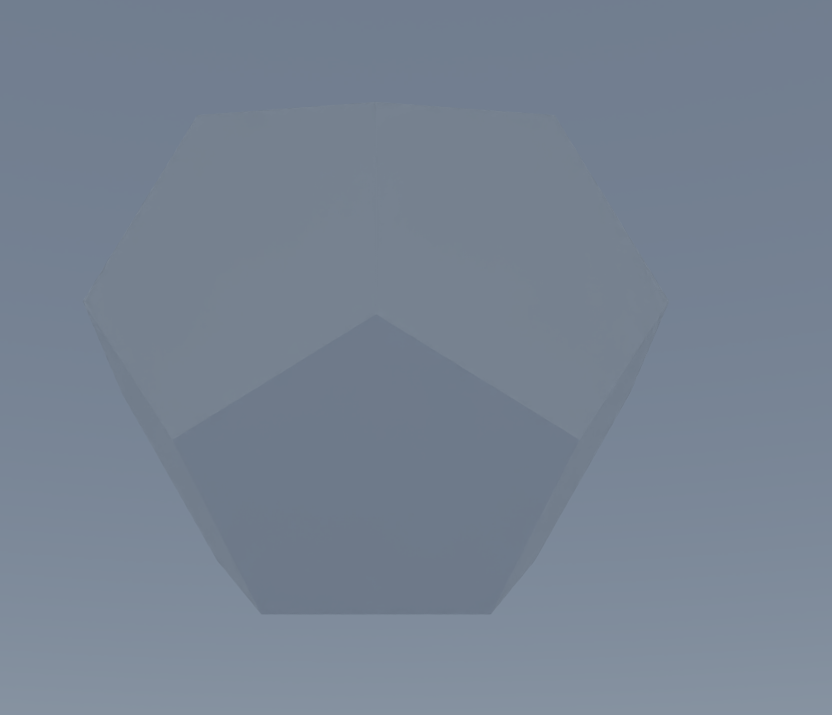Hi @nezix ,
I actually forgot the mesh create from data function accepted vertex colors. Your mesh above is white because nvisii is reading your material component, which has its base color set to white. We don’t currently read per-vertex colors during rendering.
What I don’t like about vertex colors is that there’s an ambiguity here between whether to use the material base color or the mesh vertex colors. Those ambiguities tend to result in ill defined behavior like you’re seeing here.
My solution here would probably be to remove that vertex color input from the mesh creation function, since it isn’t used. Do you have a specific reason why you’re using per-vertex colors rather than the material base color?
Setting colors per vertex does not seem to work on 1.1.72 / Windows 10
Here is a simple example script to try:
I expect to have a red dodecahedron but the mesh is white: